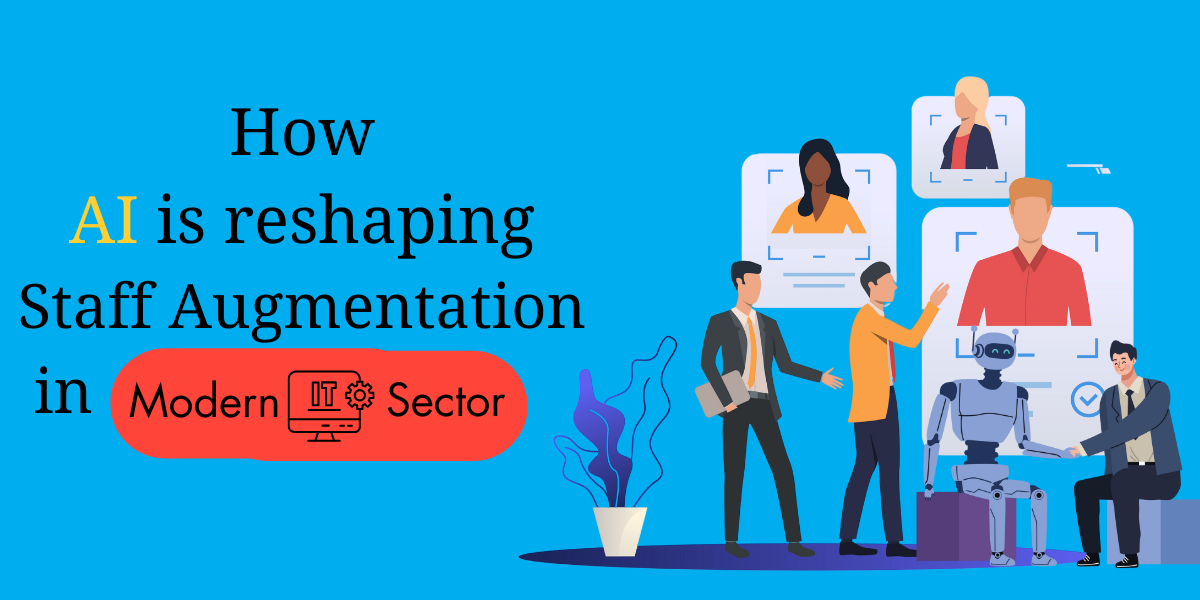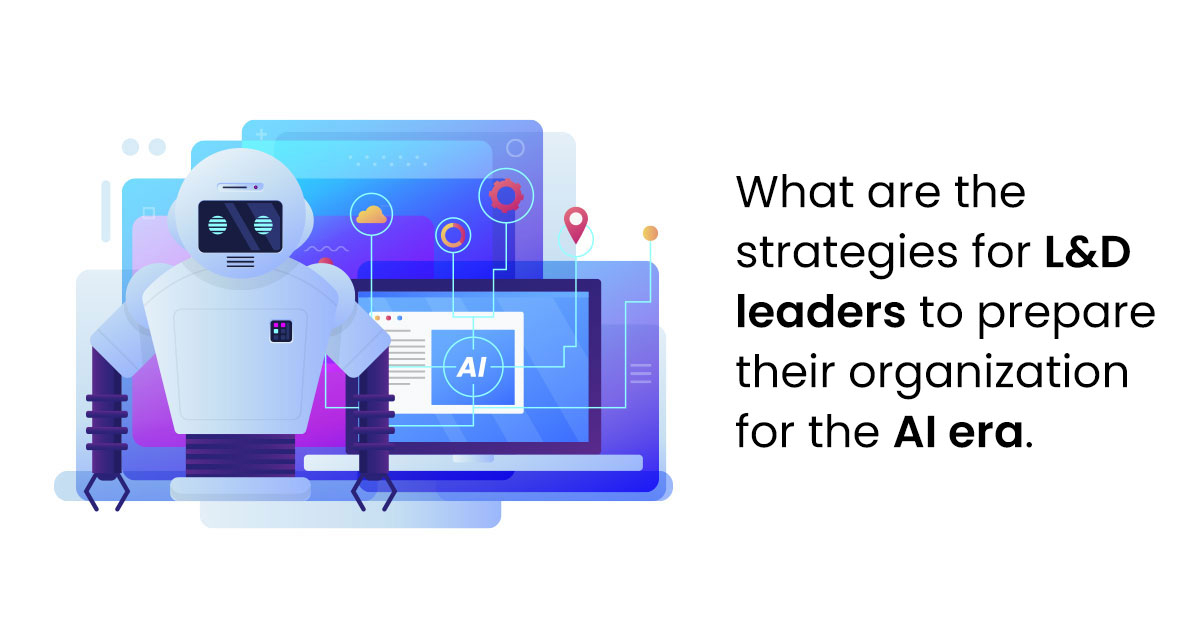The IT industry is rapidly evolving and with it, the methods for sourcing and managing talent. Staff augmentation has become a go-to strategy for organizations looking to scale development, handle fluctuating workloads, or plug skill gaps. Now, artificial intelligence (AI) is taking this strategy to the next level.
By integrating AI into staff augmentation processes, companies are transforming the way they attract, evaluate, and deploy tech professionals. From predictive analytics to intelligent matchmaking, AI is reshaping how modern IT teams function and grow.
What Is IT Staff Augmentation?
Staff augmentation involves bringing in external IT experts to work alongside your internal team for a limited time or specific project. It provides scalable support without the long-term commitment and costs of permanent hiring.
This model is particularly effective in scenarios like:
• Meeting tight deadlines
• Filling short-term skill gaps
• Supporting digital transformation initiatives
• Reducing time-to-market
But traditional staff augmentation is labour-intensive and slow. That’s where AI steps in.
The Role of Artificial Intelligence in Staffing
AI technologies are automating and optimising almost every phase of the hiring cycle. They allow companies to make faster, data-driven decisions while improving the accuracy of candidate matching.
AI for Talent Sourcing and Screening
AI tools swiftly scan countless resumes, pinpointing the best candidates through detailed assessments of:
• Technical skills
• Project history
• Cultural fit
• Learning ability
Natural language processing (NLP) and resume parsers extract relevant data, rank profiles, and even initiate the first round of communication.
Predictive Analytics in Resource Planning
AI analyses past project trends and recruitment patterns to accurately anticipate future staffing requirements. This means:
• Planning hires before a skill gap becomes a crisis
• Allocating the budget more accurately
• Avoiding overstaffing or understaffing
Smart Matching of Skillsets with Project Needs
Through machine learning, platforms can map job requirements to candidate profiles with near-human precision. These algorithms get better over time, learning what works based on hiring outcomes.
Benefits of Using AI in Staff Augmentation
Faster Hiring Process
AI reduces the time required for candidate sourcing and initial screening by up to 60%, significantly expediting the onboarding process by streamlining the workflow.
Enhanced Candidate Quality
AI assesses a greater number of data points than a human recruiter, guaranteeing that only the most suitable profiles are included in the shortlist.
Reduced Recruitment Costs
With fewer manual tasks and quicker hiring cycles, organizations save on internal HR costs, third-party recruiter fees, and productivity losses from delayed hiring.
Key AI Technologies Powering IT Staffing Augmentation
Natural Language Processing (NLP)
NLP helps in analyzing resumes, cover letters, and social media profiles to extract relevant skills and experiences.
Machine Learning (ML) Algorithms
ML enables systems to learn from hiring outcomes and candidate performance. This improves accuracy in matching and predictions over time.
Robotic Process Automation (RPA)
RPA automates repetitive HR tasks like interview scheduling, background checks, and documentation follow-ups—making the process smoother.
Real-World Use Cases of AI in IT Staff Augmentation
AI-Powered Onboarding and Upskilling
Intelligent systems personalize onboarding processes and recommend targeted learning paths to bridge skill gaps, ensuring new team members integrate faster and perform efficiently from day one.
Continuous Performance Monitoring and Optimization
AI tools track productivity metrics and project outcomes in real-time, helping managers make data-driven adjustments to staffing levels, roles, or workflows to maintain peak team performance.
Workload Forecasting and Resource Allocation
Machine learning models predict upcoming workload spikes or skill shortages, enabling proactive staff augmentation and ensuring optimal team capacity without overstaffing.
Challenges and Limitations of AI in Staffing
Data Privacy and Ethical Risks
AI relies on large amounts of sensitive personal data, and without strict data management practices, this can lead to data breaches and algorithmic biases, potentially resulting in unfair treatment of candidates.
Missing the Human Touch
AI cannot fully evaluate soft skills, emotional intelligence, and team dynamics, which are crucial for effective collaboration in IT roles and long-term team success.
Dependence on Quality Data
AI’s accuracy depends on the data it trains on. If data is incomplete, outdated, or biased, AI's accuracy in making hiring decisions may be compromised.
Overreliance on Automation
Excessive dependence on AI can reduce human oversight, potentially missing nuanced candidate qualities and leading to poor cultural or strategic fit in teams.
Steps to Integrate AI into Your IT Staff Augmentation Approach
Choosing the Right AI Tools
Choose AI solutions that effortlessly integrate with your existing tools such as ATS, CRM, and project management platforms. Give preference to tools that offer robust analytics, real-time insights, and are built with data security and compliance in mind.
Partnering with Smart Staffing Agencies
Engage with staffing agencies that actively use AI to identify, assess, and deploy tech talent. Their tech-driven approach can significantly improve candidate quality and speed of hiring, while offering better scalability for growing teams.
Train Your Internal Team on AI Adoption
Ensure your HR and hiring teams are well-versed in how to use AI tools effectively. Provide training sessions and guidelines so they can interpret AI recommendations properly and align them with organizational goals.
Future Trends: AI and the Evolving Workforce
The Rise of Hybrid IT Teams
As AI continues to simplify remote talent acquisition, companies are increasingly creating hybrid teams that blend internal staff with remote and contract professionals globally. It fosters flexible staffing, scalable development, and taps into a rich global talent network.
Skills Evolution and Upskilling
AI-powered analytics can now detect skill gaps within teams and suggest tailored training programs. This proactive approach not only encourages ongoing skill enhancement but also ensures teams are always aligned with future project needs.
Data-Driven Workforce Planning
AI will be crucial in predicting future staff requirements by analyzing past project data, tech trends, and performance metrics. This enables companies to make informed hiring decisions and prepare talent pipelines well in advance.
Conclusion
AI is not just a buzzword it’s a fundamental shift in how IT staff augmentation is executed. From streamlining hiring to elevating candidate quality and predicting future workforce needs, AI empowers modern IT teams to build faster, smarter, and more adaptive workforces.
By embracing AI responsibly and strategically, organizations can stay ahead of the competition and ensure their teams are always future-ready.




